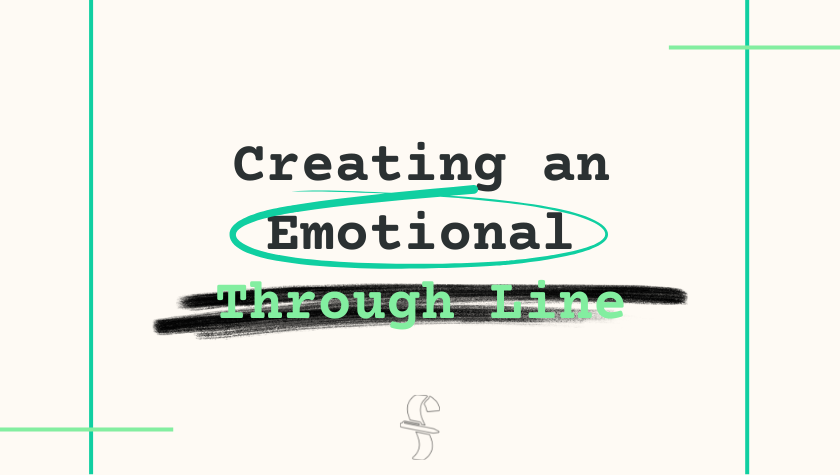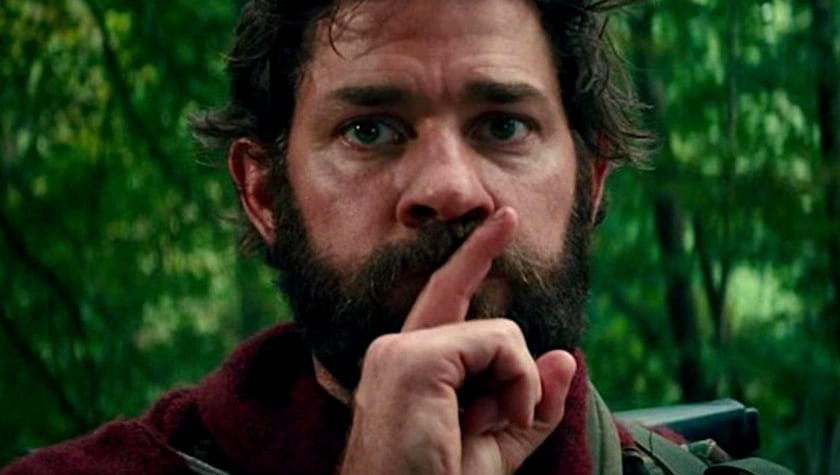What is the Iceberg Theory and How Can It Help Your Writing?
June 27, 2023
Ernest Hemingway was not a screenwriter.
Don't take that as any kind of rejection on his part, though. The Pulitzer and Nobel Prize-winning author of such classic novels as A Farewell to Arms, For Whom the Bell Tolls and The Old Man and the Sea had zero objections to his work being turned into films. It's just that … well, the Hemingway track record of success on the screen was not exactly a slam-dunk.
Gregory Peck and Ava Gardner in The Snows of Kilimanjaro were fine. Spencer Tracy is a boss in the otherwise inert The Old Man and the Sea. I'm quite partial to the cinematic version of Islands in the Stream starring George C. Scott. Good films, relatively. Decisively not hits, though.
Regardless of the fact that his work did not always translate well into cinema, Hemingway was one of the most acclaimed authors of the 20th century. And he had some advice for prose writers that continues to resonate powerfully with them — but which is equally good advice for screenwriters.
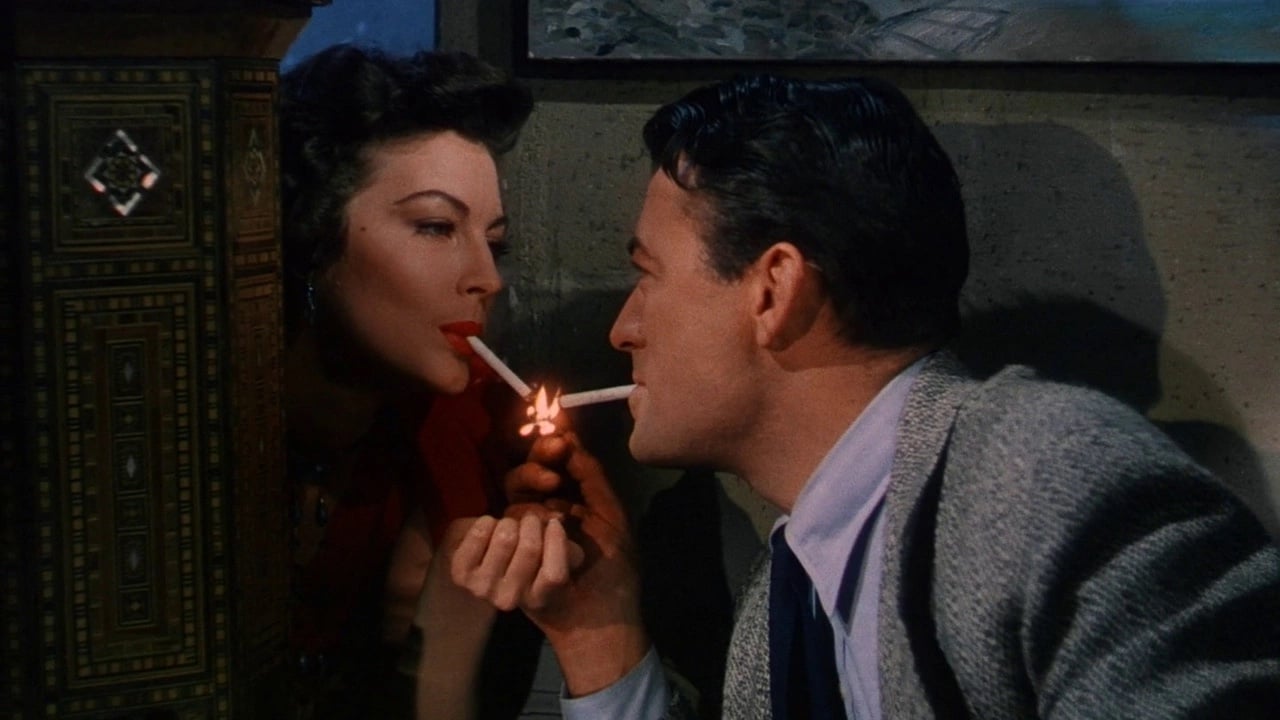
Hemingway's Iceberg Theory
In his first non-fiction book, Death in the Afternoon (1932), Hemingway wrote the following:
"If a writer of prose knows enough of what he is writing about he may omit things that he knows and the reader, if the writer is writing truly enough, will have a feeling of those things as strongly as though the writer had stated them. The dignity of movement of an iceberg is due to only one-eighth of it being above water. A writer who omits things because he does not know them only makes hollow places in his writing." —Ernest Hemingway, Death in the Afternoon, Chapter 16, page 192
Alternately called "Hemingway's Iceberg Theory" or "The Theory of Omission," this technique has grabbed hold of generations of writers since.
Hemingway means that the actual writing on the page is only "one-eighth" of the story being told — the tip of the iceberg — while the other seven-eighths is all the meaning and emotion, submerged beneath the surface like the rest of the iceberg, invisible to the naked eye and implicit, but there to be discerned if the writing — the explicit part — is skillful enough at implying, suggesting, or indicating, without ever directly exposing what's underneath.
The legendary author learned his style of writing from being a newspaper reporter in his youth, trained to write only the facts without explanation or embellishment, letting the reader come to their own conclusions, analyses and interpretations of the story.
Of course, the trick here is that you have to present "just the facts" so adroitly that the reader gets the point without the writer having to actually make it. Quite a bit easier said than done. (As Jimmy Dugan says of baseball in A League of Their Own, "If it was easy, everyone would do it.")
Cool cool. So, what does Iceberg Theory have to do with screenwriting or filmmaking? Nothing. It only has anything to do with good screenwriting or filmmaking. Gotcha.
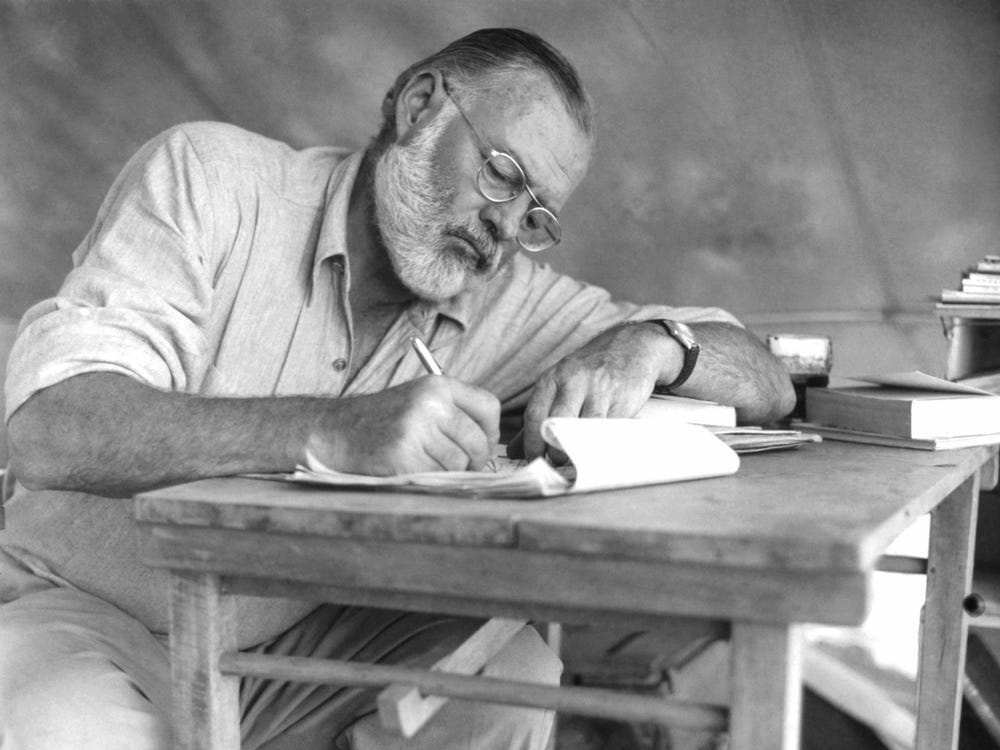
Show, Don't Tell
The Iceberg Theory strongly correlates to the famed screenwriters' maxim: "Show, don’t tell." This foundational screenwriting principle holds that it's a better practice to demonstrate or indicate, rather than directly state, any aspect of the story.
For example, you could write, "Feeling betrayed, Maximus is furious at Commodus." That's telling us directly, head-on, what Maximus is feeling. The reader doesn't have to do any work here.
Or you could write, "Maximus glowers at Commodus. Suddenly, the bloodied general pulls a lance from the corpse beside him and HURLS it at the shocked emperor." That's showing us the same thing through visuals and action. The reader has to make an interpretation — now they're working at understanding what they're reading in the script or seeing on the screen, and that draws them in. The first example line gets the job done in a plodding, obvious way. But it just kind of sits there, inert. The second one moves, propelling the story forward, and drawing the reader in.
Read More: What is a Spec Script?
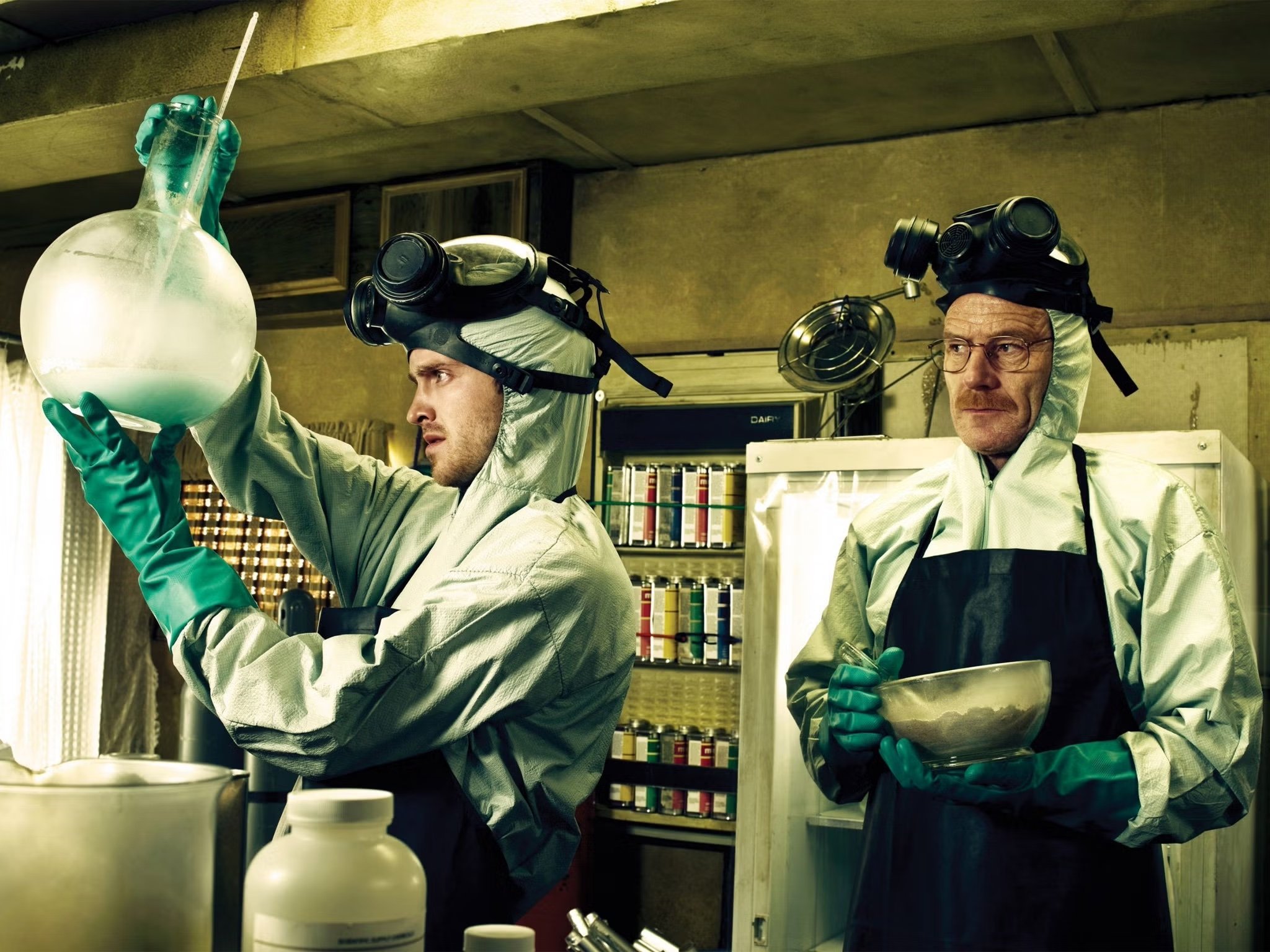
Examples of "Show, Don't Tell"
Breaking Bad
In the entire four-season run of Breaking Bad, antihero Walter White never overtly says that he loves Blue Sky, the world-famous, high-quality meth he has invented, usually just referred to as "Blue."
But Walter's actions throughout the series — murdering to protect his invention, refusing to stop making it when doing so might save his life and the lives of his family members, and ultimately being willing to die to protect it — tell us that "Blue" is more important to him than anything or anyone. In scenes where Walter is Walter, a humble, cancer-stricken science teacher, he is humiliated and humbled. In scenes where he is "Heisenberg," his drug-kingpin persona, he is powerful and terrifying ("I am the danger"). Walter's double life as the creator of Blue Sky gives him a feeling of importance and significance his other life is missing and he won't let that feeling go, no matter what. Neither he nor anyone else ever explicitly says precisely that, but we all "get it" because the events depicted indicate the truth lying underneath these scenes clearly enough for us to infer it.
SPOILER ALERT #1 (but I mean, come on, the show's been over for a whiled): As he dies in the series finale, Walter stares lovingly at a batch of Blue the way a dying person might look into the eyes of a loved one, and the Badfinger song that takes us into the end credits gives voice to his feelings:
"Guess I got what I deserved. / Kept you waiting there too long, my love.
All that time, without a word. / Did you really think that I'd forget?
And regret / the special love I have for you?
My baby blue." —Badfinger, Baby Blue
It's a powerful scene and is considered one of the great TV show finales. Yet it never telegraphs its message, it lets the audience discern Walter's feelings for themselves.
Read More: History of TV: Here's What Was So Good About 'Breaking Bad'
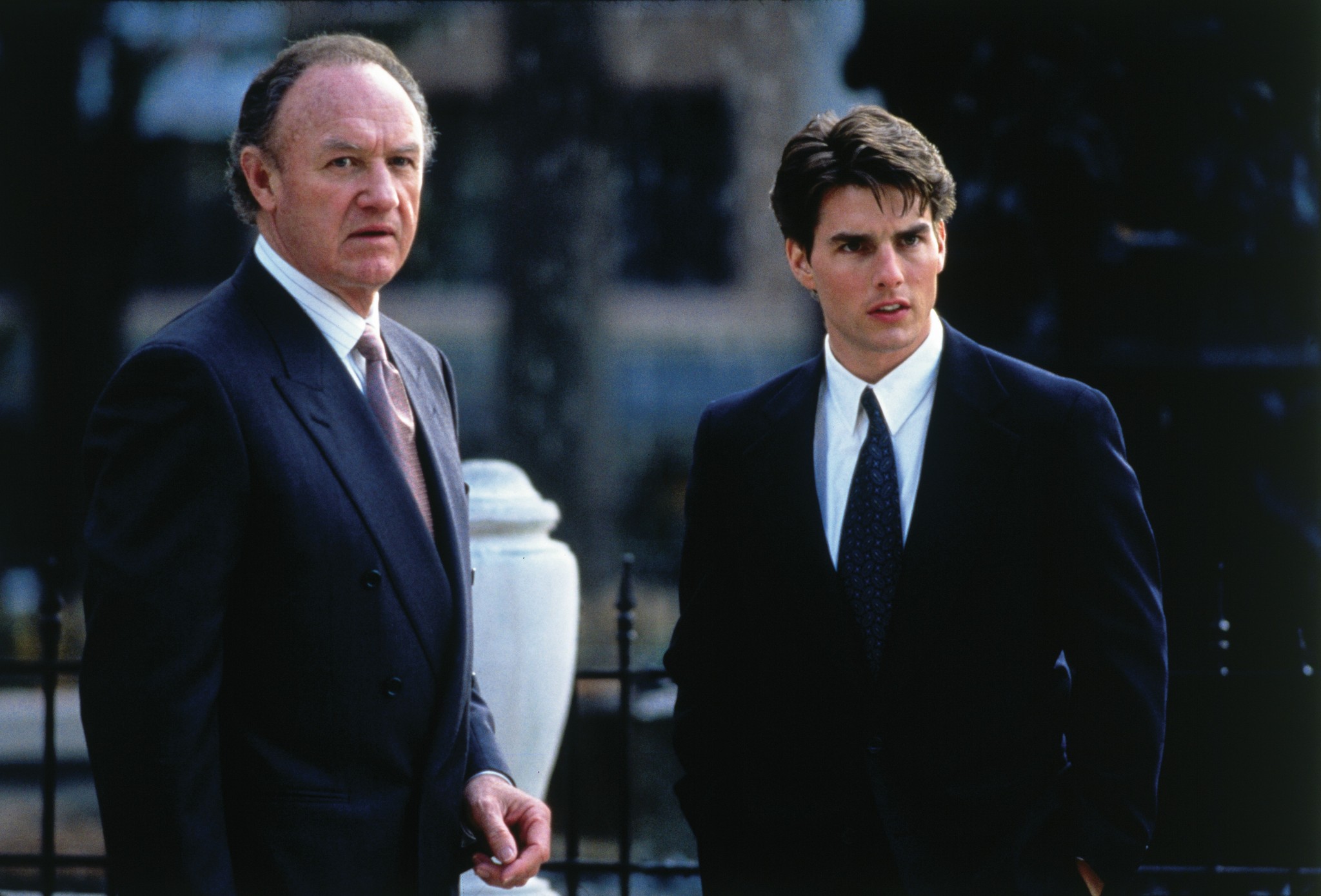
The Firm
In the film adaptation of John Grisham's The Firm, the protagonist Mitch McDeere has gotten his first job as a lawyer for a Memphis company. When he and his wife Abby arrive at a new colleague's home for a cookout, they discover that their host Lamar has just gotten word that two of the firm's associates drowned in a diving accident.
Mitch steps into the backyard to speak with Lamar and finds him staring into space vacantly, haunted, oblivious to his surroundings, a sprinkler pelting him with water that he doesn't even seem to notice. Lamar seems deeply traumatized and terrified, not just grief-stricken. It's a great visual that tells us, without telling us, that something much worse is going on here than a tragic accident. (SPOILER ALERT #2: Something much worse is going on here than a tragic accident. Their company is really part of a Chicago Mafia family, the colleagues were murdered, and Lamar knows it, but Mitch doesn't, yet.)

Text and Subtext
"Show, don't tell" is really all about Subtext. The text of a scene on the page is what's literally written there. On the screen, it's what literally happens, what we actually see. That's the text. It's explicit. It's the visible part of Hemingway's iceberg.
The subtext of a scene is what it means, and that's often deeper and more implicit, it's hinted at, indicated, or implied by the text, but not overtly stated.
So far, I've focused on visuals — the events being depicted on the page and shown on the screen. But the text-subtext relationship also applies to dialogue.
Great dialogue doesn't just flatly deliver information: that kind of shallow, too-explicit dialogue is referred to as "on the nose," because it's too obvious; it's "as plain as the nose on your face." While we do speak that way sometimes in real life, obvious dialogue that says exactly what a character thinks, feels or means just thuds on the page. It's not interesting.
In real life, we also sometimes talk around what we are really saying — we don't quite get to the point, so the listener has to read between the lines to discern exactly what we mean. Our speech is avoidant. And that is a lot more intriguing when it comes to writing dialogue because it creates tension (or one might use the word "conflict") between what's being said and what's meant. Just like the characters on screen, the reader or audience has to work a bit to glean the underlying meaning, and that pulls them into the narrative. It's also just frankly more interesting.
Some of the greatest single lines in movie history are rich in subtext.
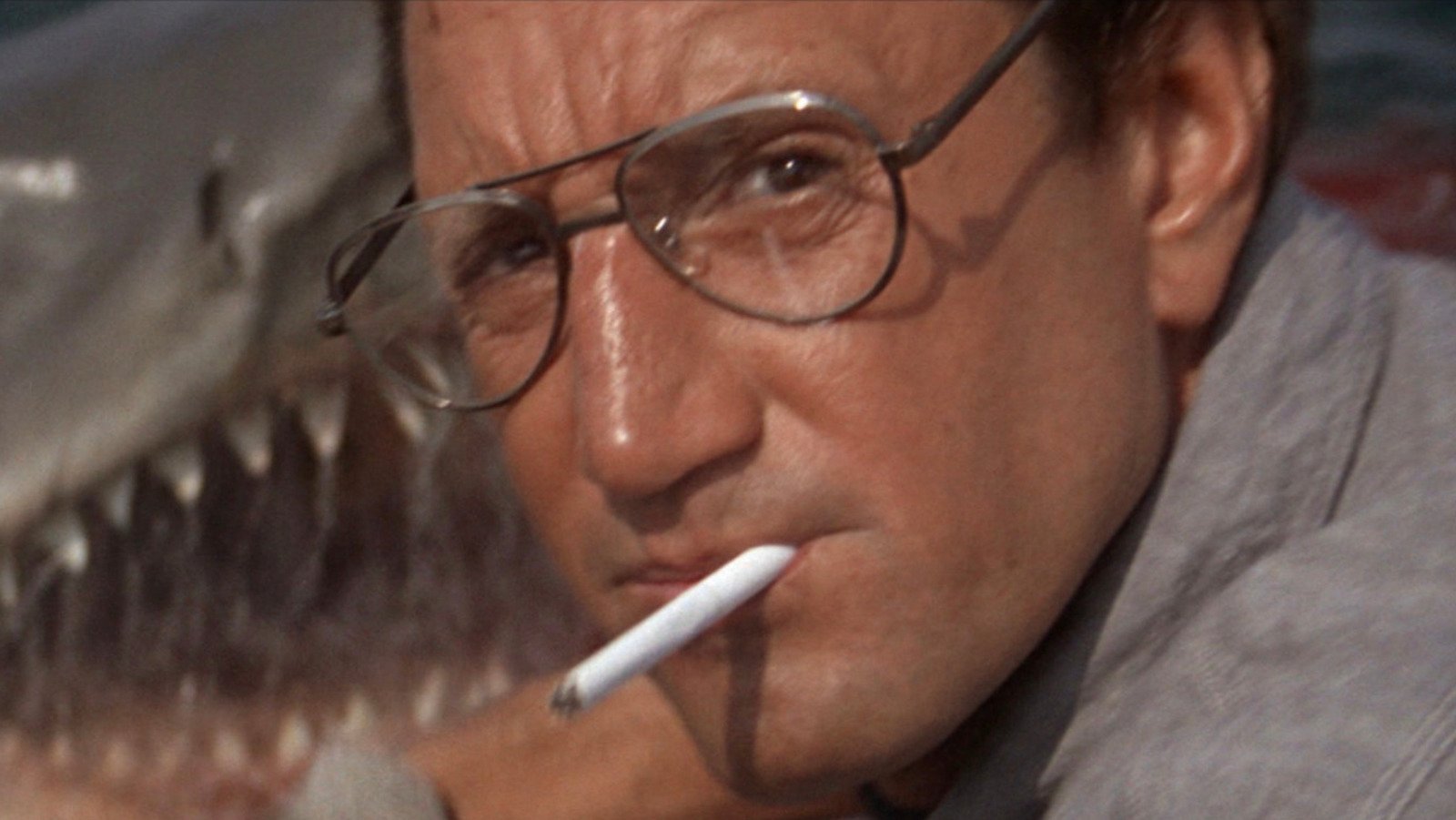
Examples of Subtext
Jaws
When Brody is chumming off the back of the Orca and the shark they're hunting suddenly surfaces for the first time, he's the only one that sees it. He's in shock because it's enormous. He backs into the cabin and says one of the movie's most memorable lines: "You're gonna need a bigger boat." Notice this line does not have the word "shark" in it, nor does Brody talk about his fear. The on-the-nose version of this line would read something like, "I just saw the shark. It's enormous. I am terrified. It's too big for us to handle." It makes logical sense but nobody will ever quote it. His way is much pithier, gets to the point, and tells us without telling us. This line also often gets a laugh because Brody does not say, "We're gonna need a bigger boat." He says, "You're gonna need a bigger boat." In other words, there is no "we" anymore, count me out, drop me off, I want to go home.
Read More: Jaws: A Masterpiece Created by Collaboration and a Deadline
The Godfather
See if you can guess which iconic line (of several) could have been written in this awful, on-the-nose version: "I'll ask this man to give me what I want, and I'll threaten to murder him if he does not acquiesce." Woof, what's this movie about, a robot crime boss? Obviously, the actual line is, "I'll make him an offer he can't refuse." Notice there is no explicit threat of violence here. Maybe he means he's going to offer this gentleman an incredible amount of money! But yeah, no. We know from the character, the setting, the world that's been established, and a dozen other context clues, that this offer comes attached with the threat of extreme bodily injury.
The Iceberg Theory really melts down to one question screenwriters should be asking themselves all the time, in every act, every sequence, and every scene: WHAT CAN I LEAVE OUT?
Really meaning: what can I leave out, and still effectively tell the story? What can I imply rather than state overtly? What can I indicate? What's a more clever, less obvious way to write this line of dialogue?
It's not the easiest effect to achieve for a writer, and there's no shame in admitting that applying the Iceberg Theory mostly happens in rewriting, where it's easier to review the text of early drafts with an eye toward making the writing less obvious and explicit. In a way, it's the invisible writing between the lines of what's visible on the page or screen, but it's the quality that will elevate a pedestrian script into a work of art.
Written by: Karl Williams
Karl Williams is a screenwriting instructor at Scottsdale Community College in Arizona. He has won the Comedy and Sci-Fi Awards at the Austin Film Festival and the Jack Nicholson Prize for Excellence in Screenwriting at UCLA, where he earned his MFA.- Topics:
- Screenwriting & Craft


